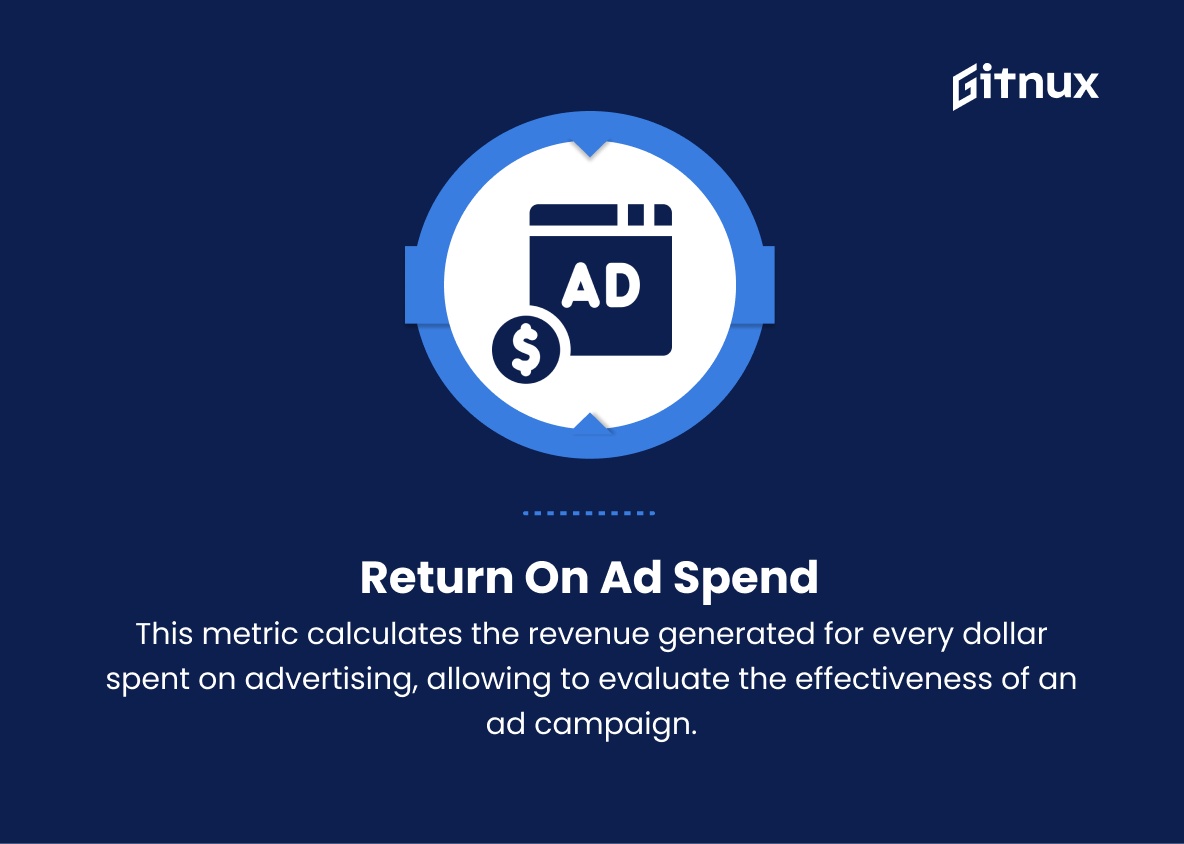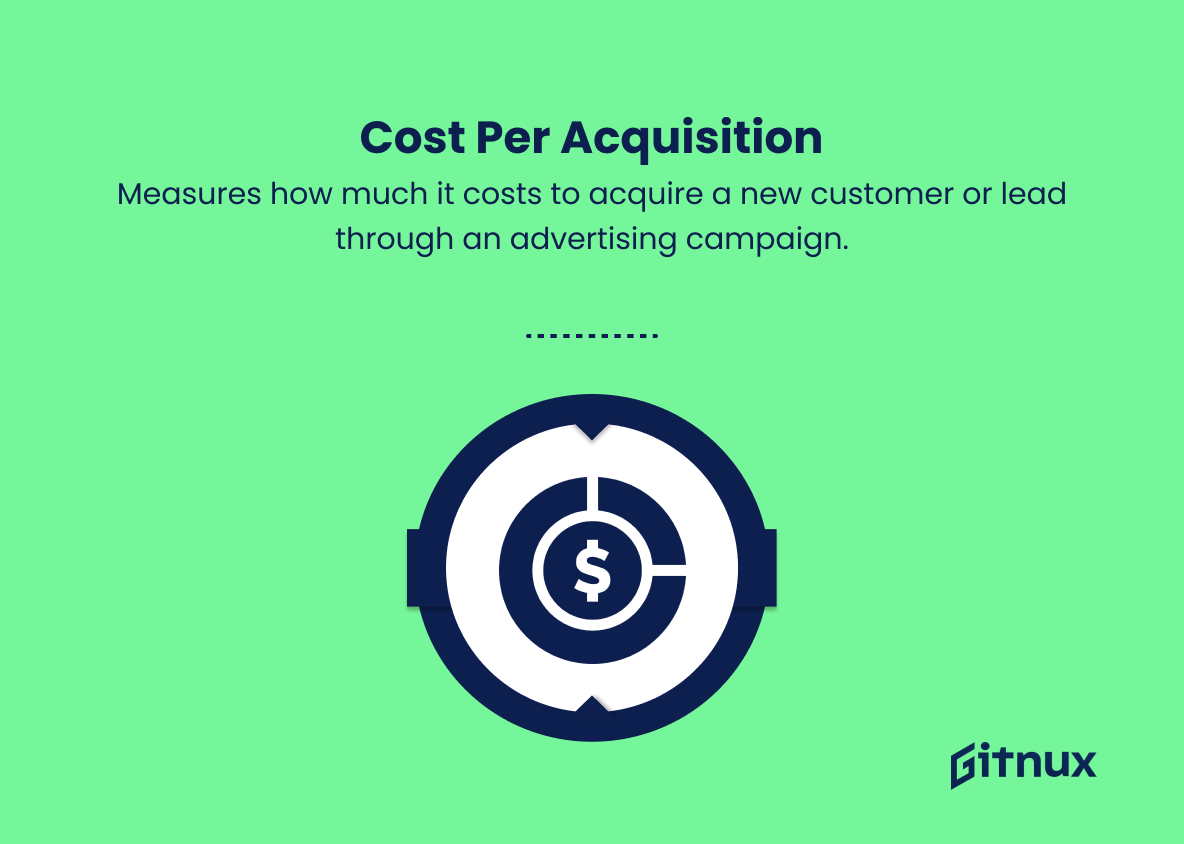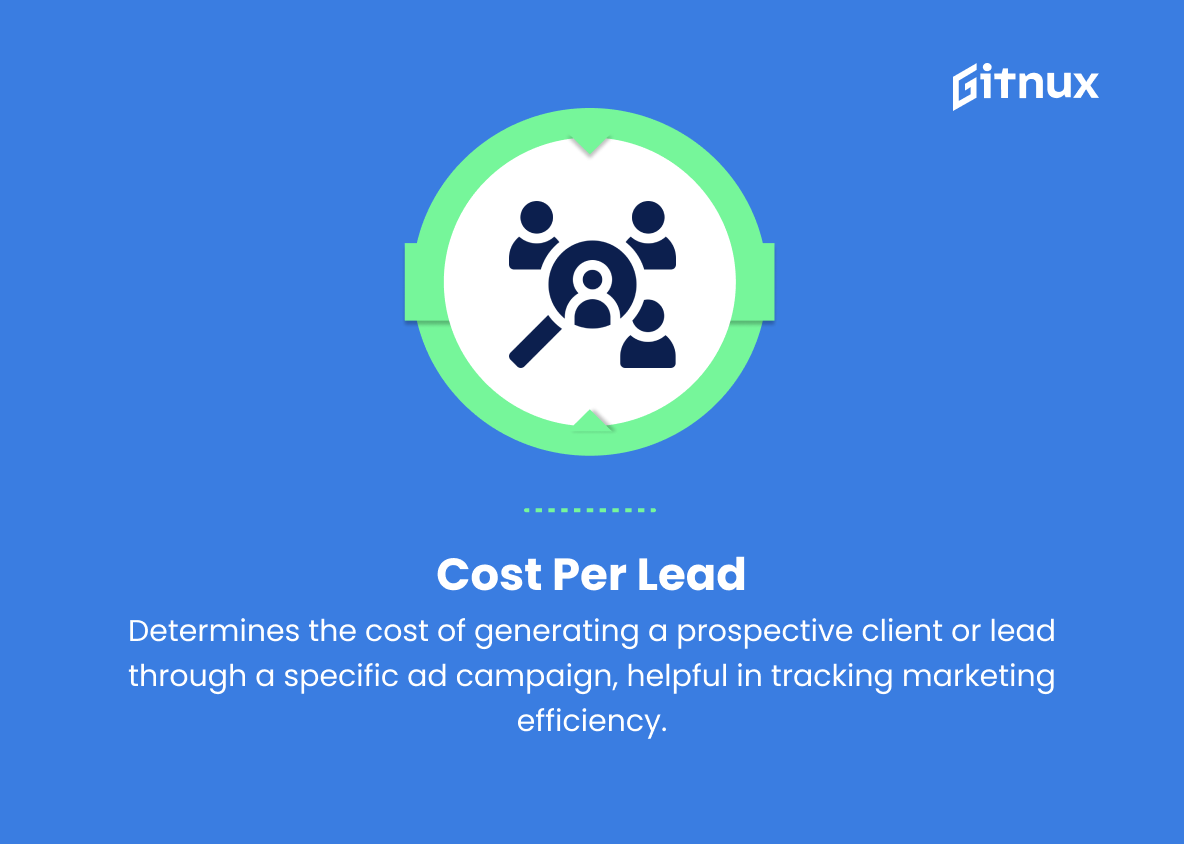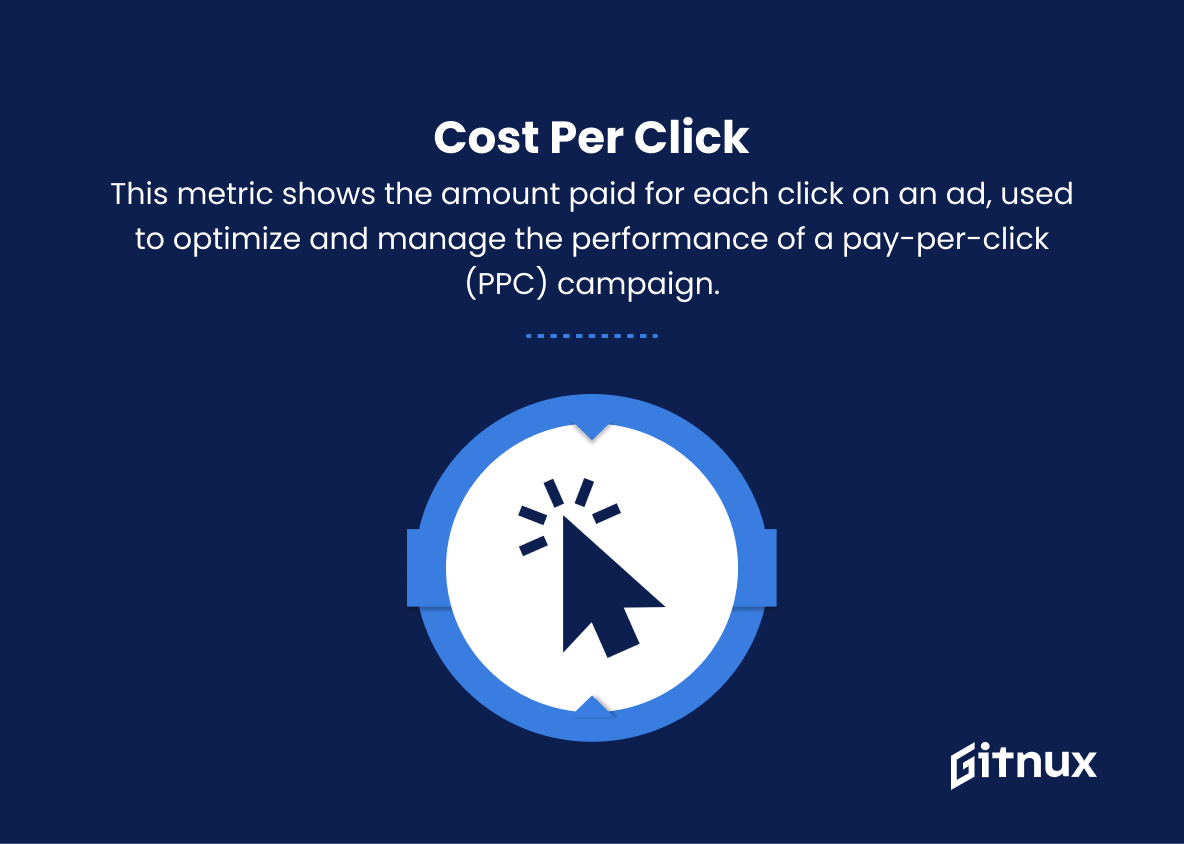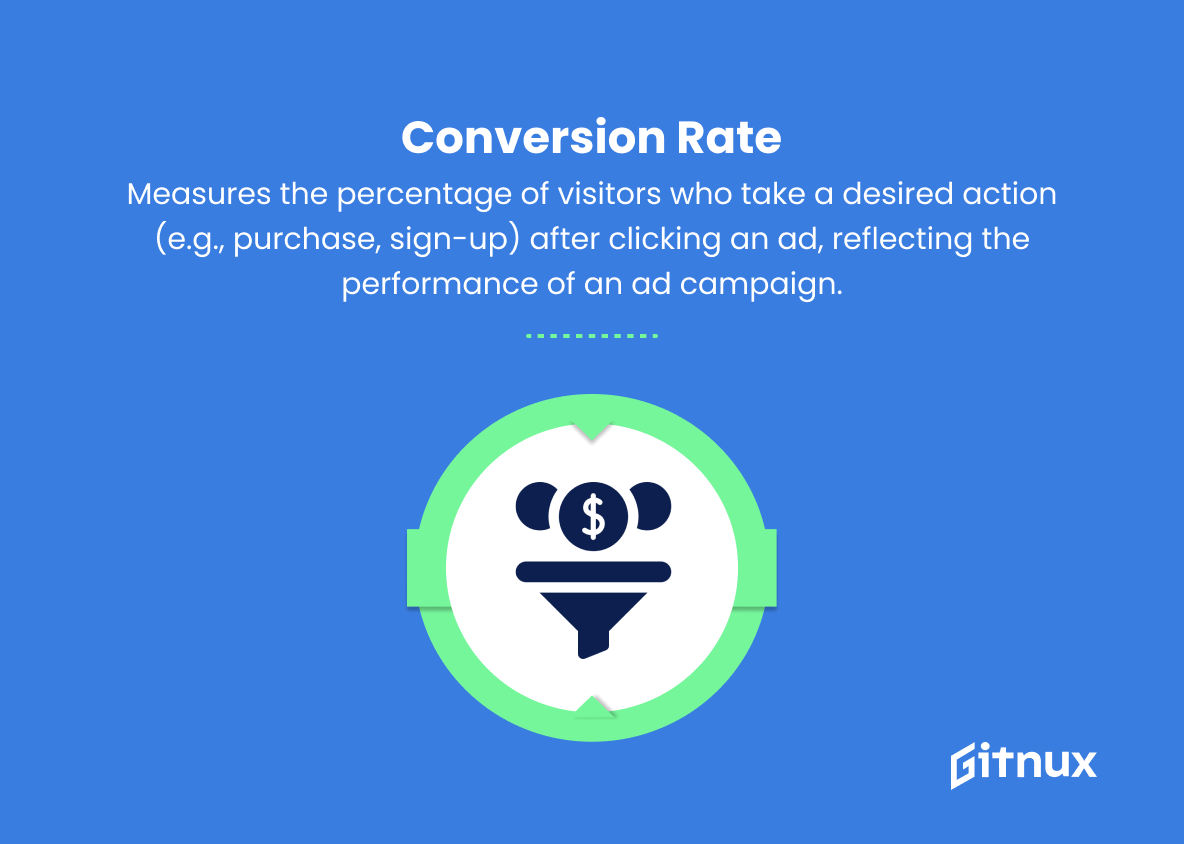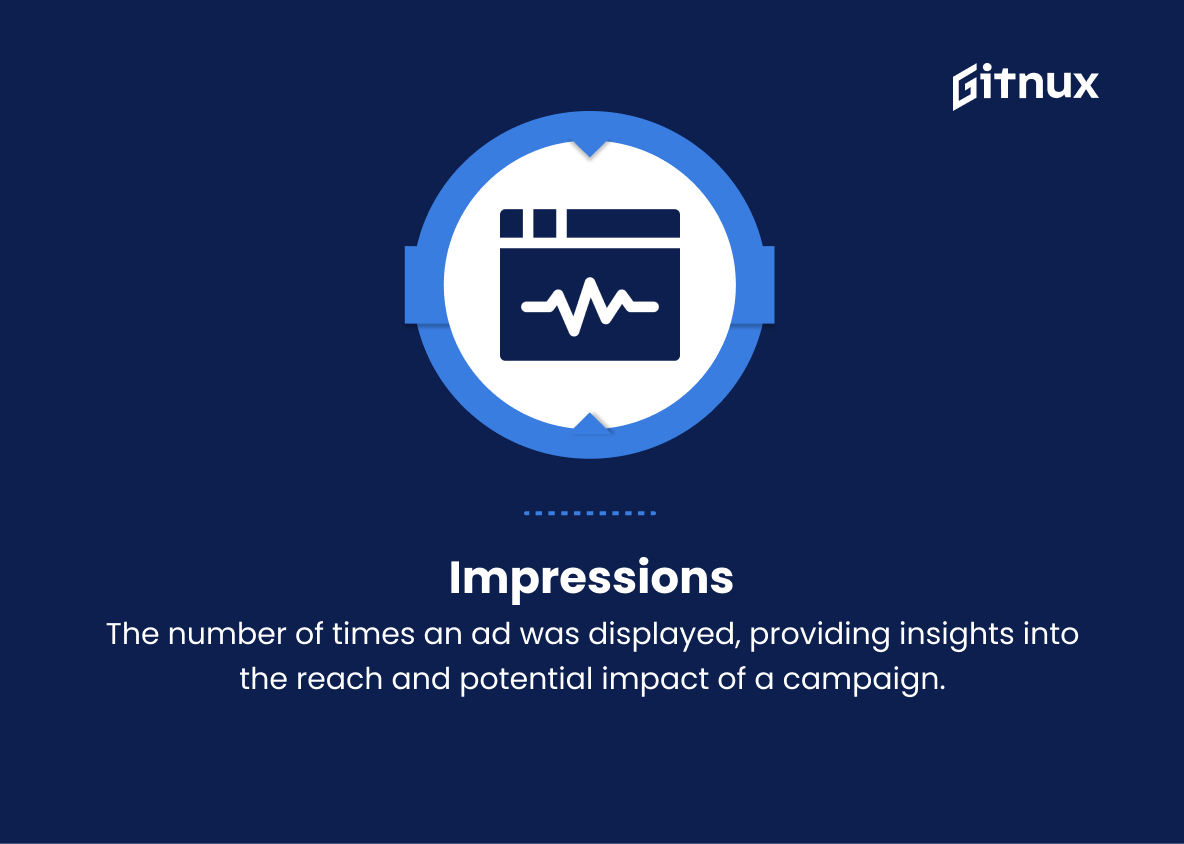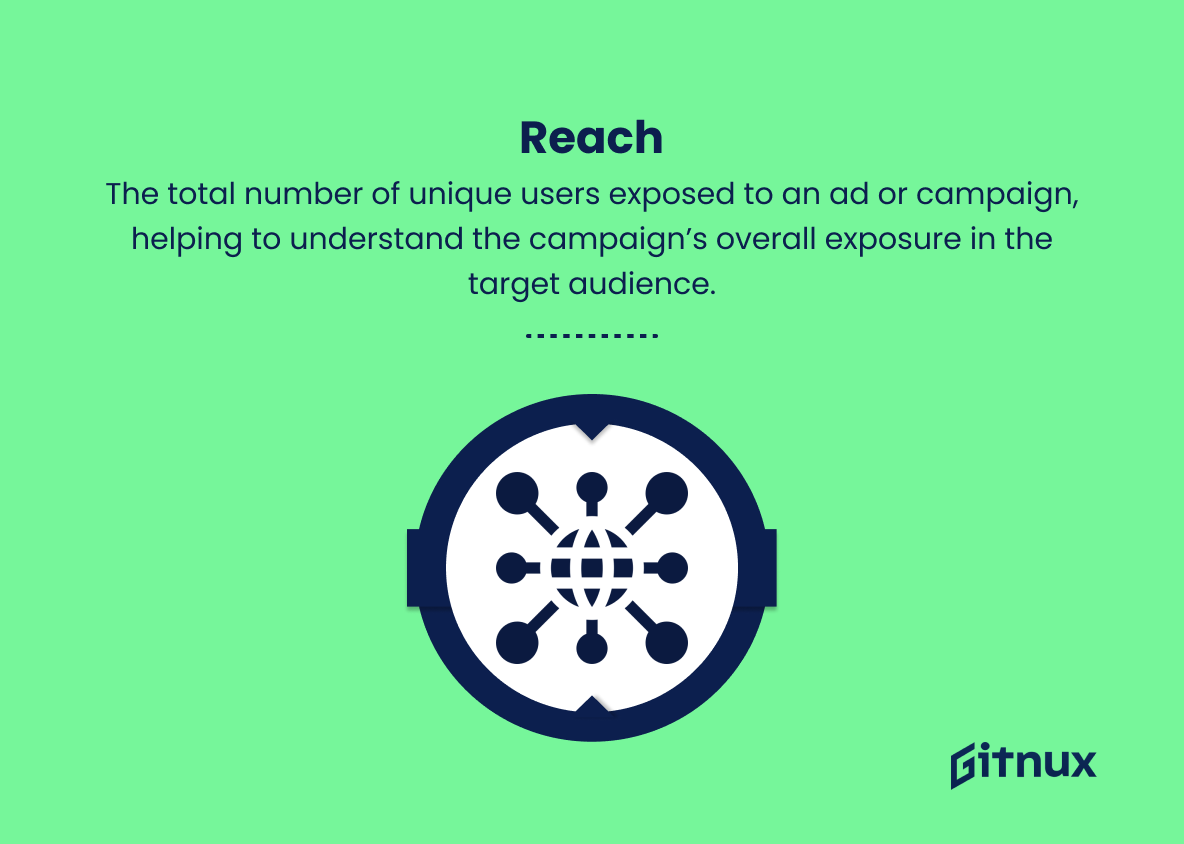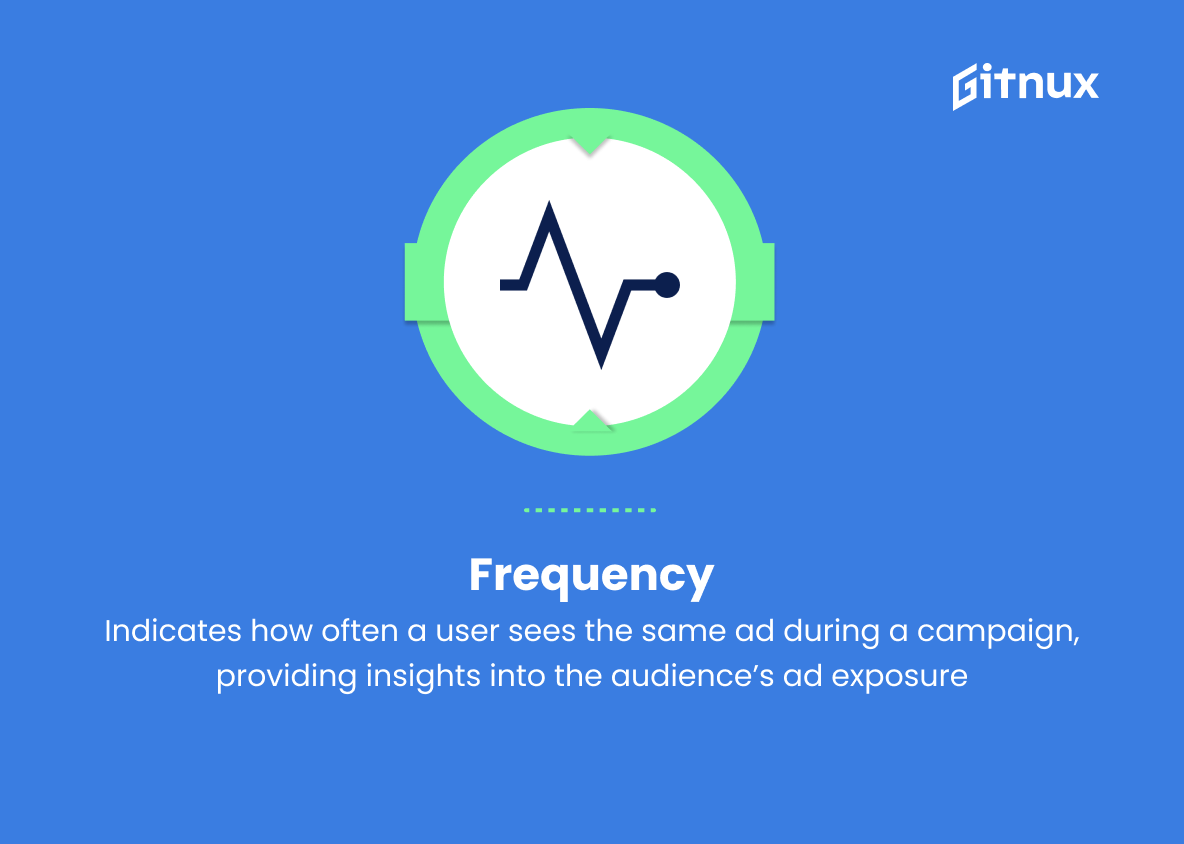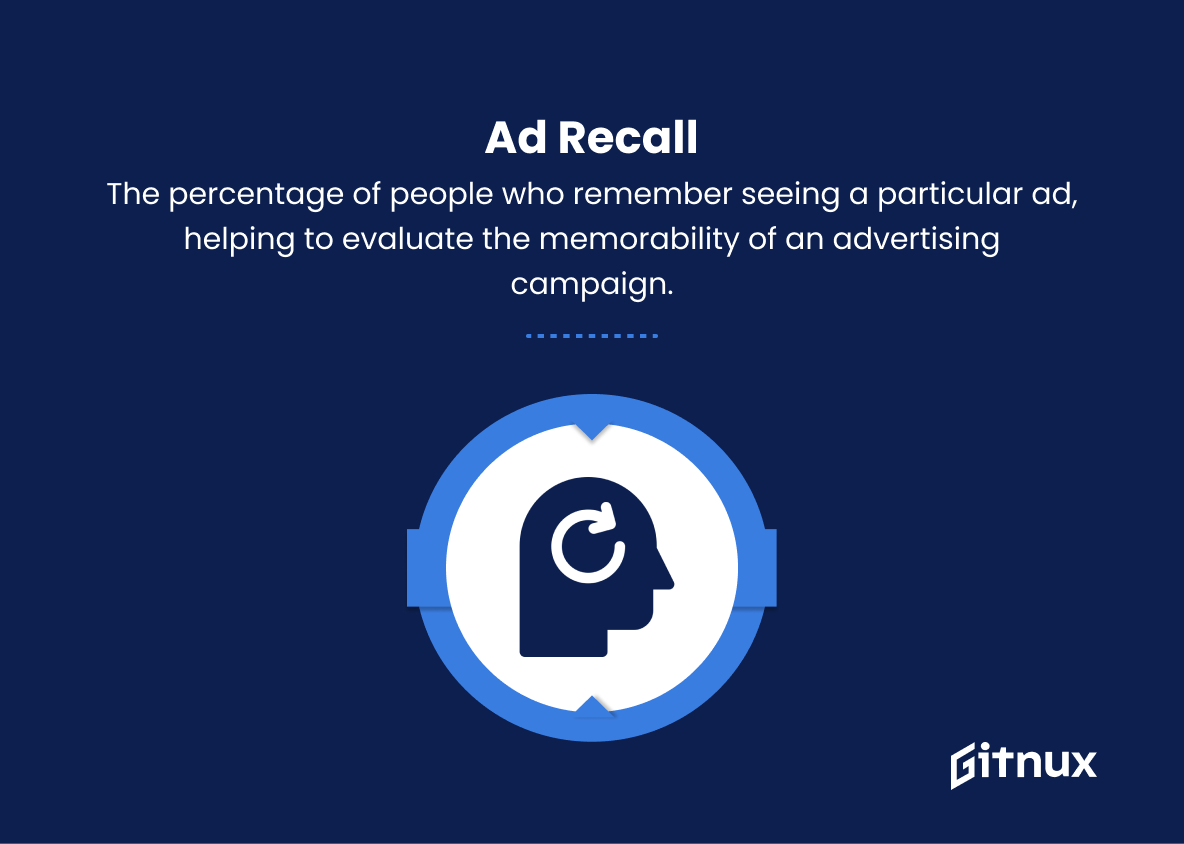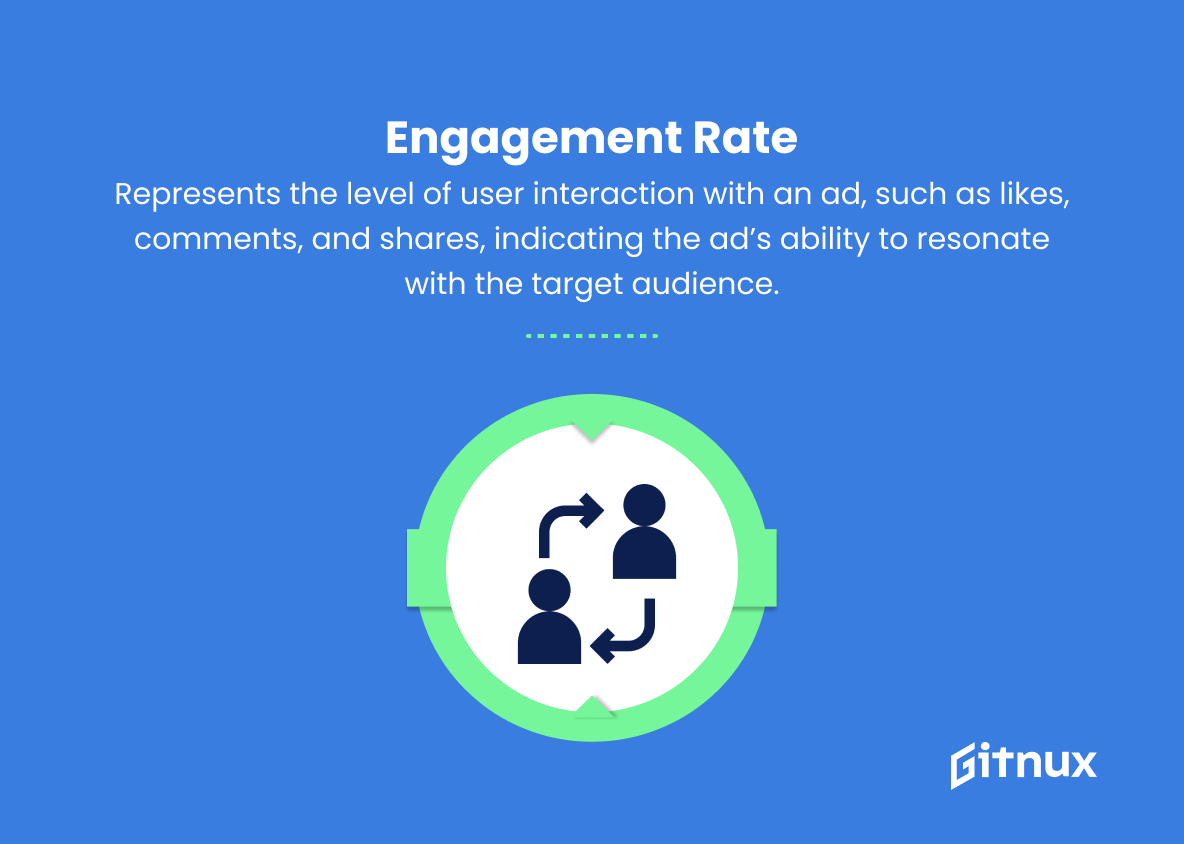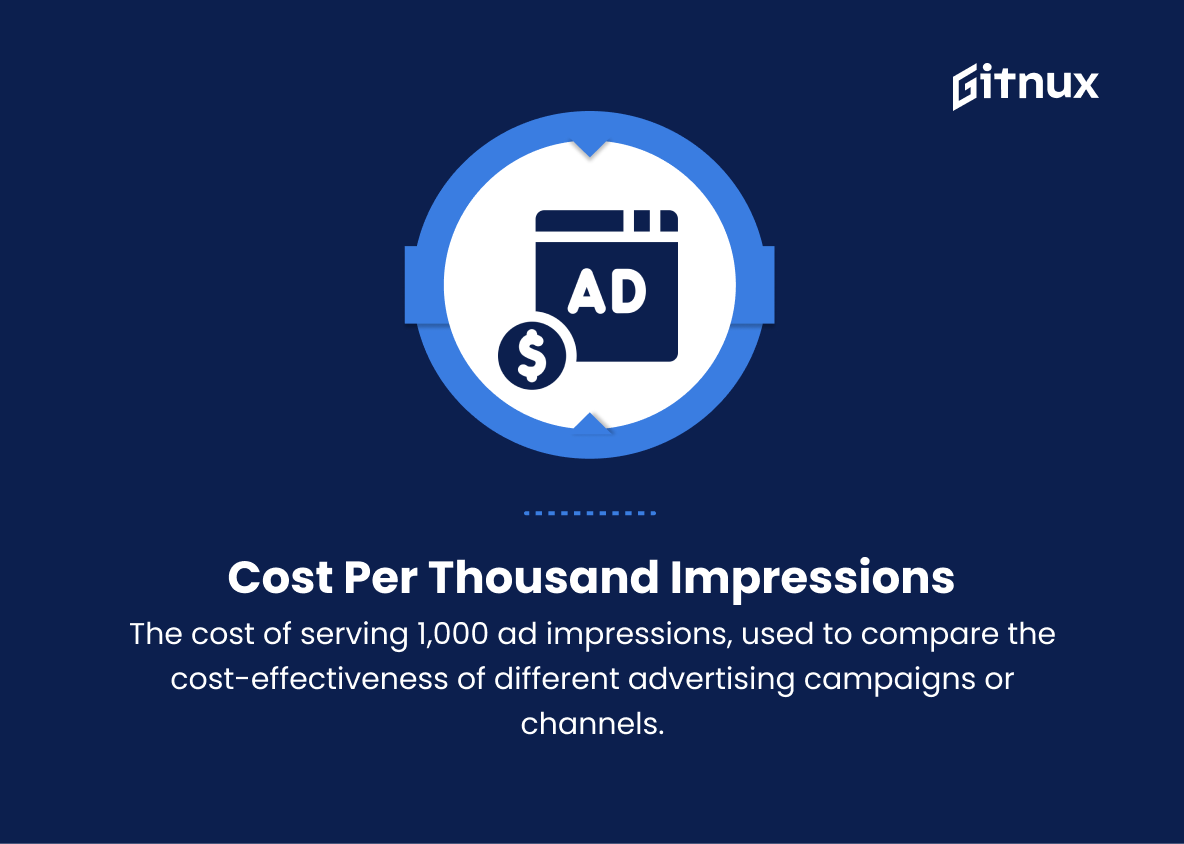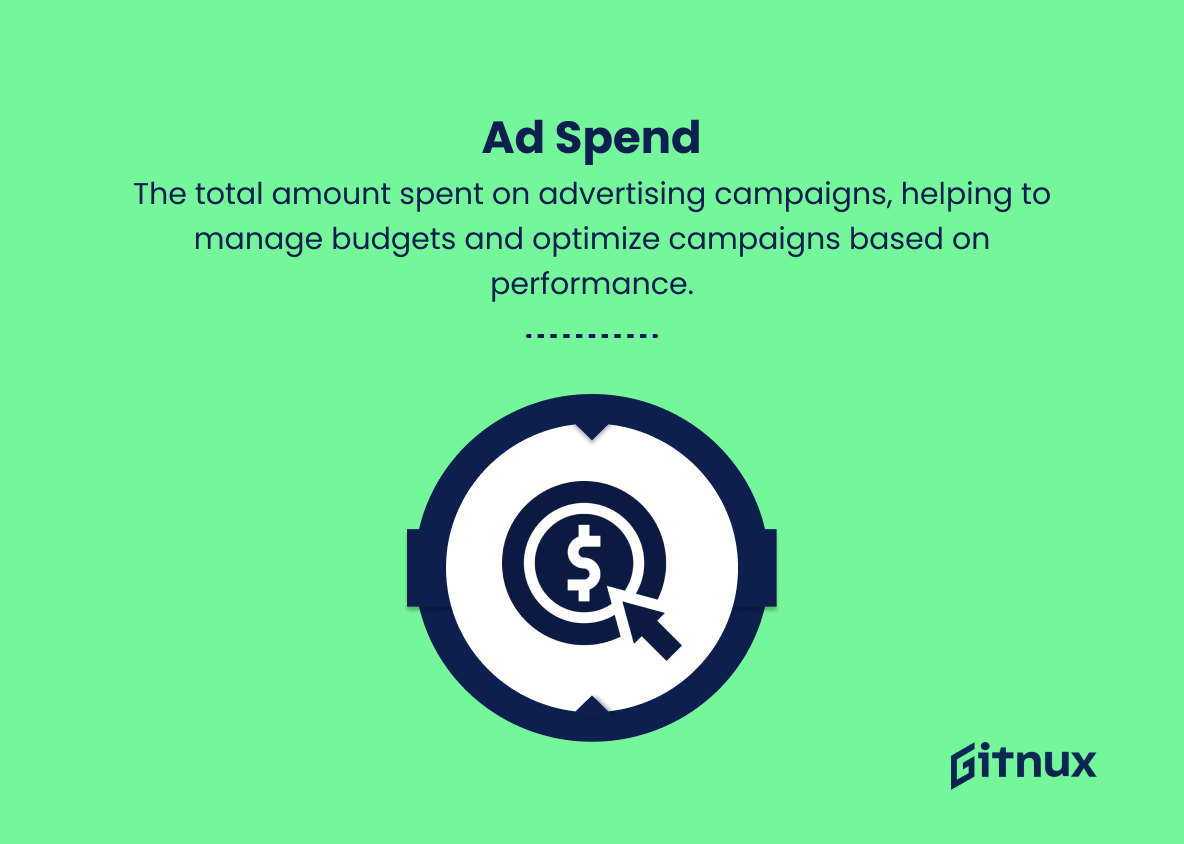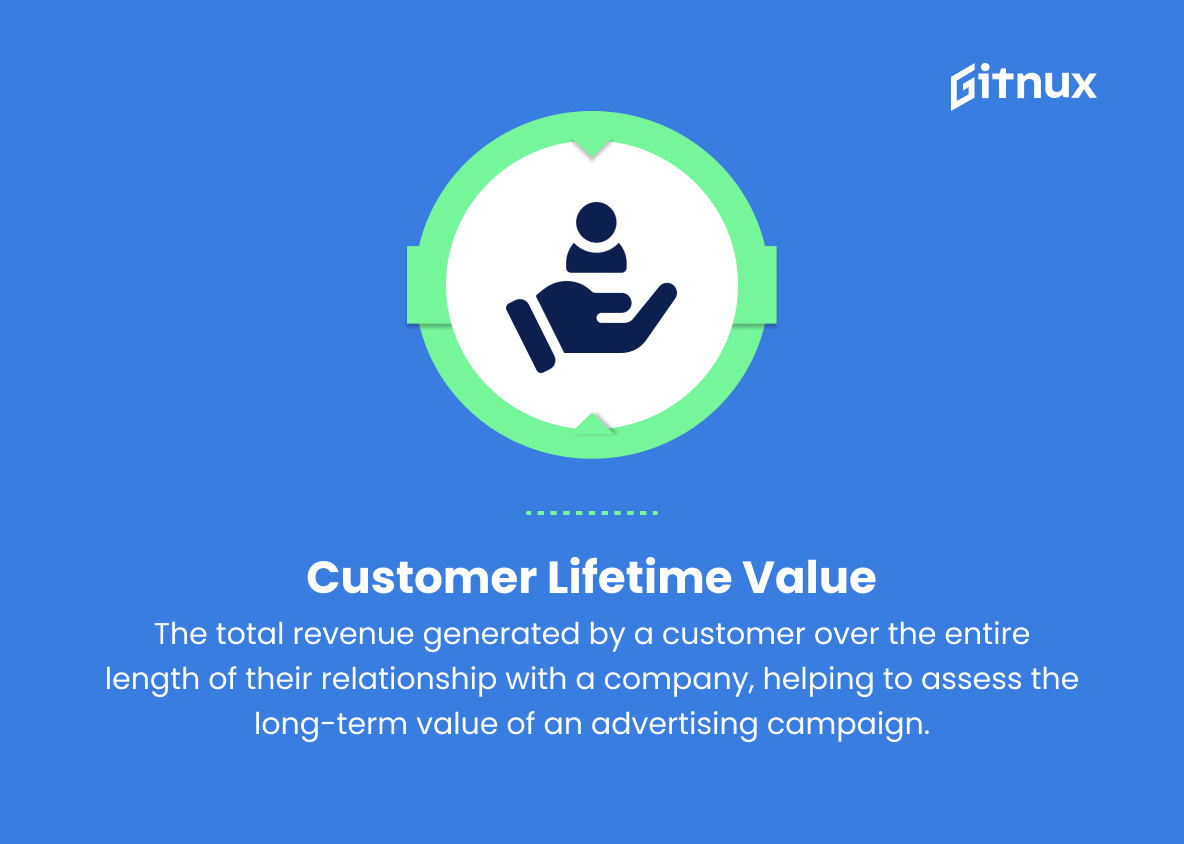In today’s highly competitive marketing landscape, the role of advertising agencies has never been more critical in driving a brand’s success. As clients demand transparent and results-oriented campaigns, agencies must possess a strong command of relevant metrics to optimize their strategies and measure impact.
In this in-depth blog post, we will explore the essential Advertising Agency Metrics that serve as powerful tools for evaluating campaign success, refining marketing initiatives, and driving client satisfaction. Join us as we delve into the world of data-driven insights and reveal the key performance indicators that every successful advertising agency should adopt in their arsenal.
Advertising Agency Metrics You Should Know
1. Return on Ad Spend (ROAS)
This metric calculates the revenue generated for every dollar spent on advertising, allowing to evaluate the effectiveness of an ad campaign.
2. Cost per Acquisition (CPA)
Measures how much it costs to acquire a new customer or lead through an advertising campaign.
3. Cost per Lead (CPL)
Determines the cost of generating a prospective client or lead through a specific ad campaign, helpful in tracking marketing efficiency.
4. Cost per Click (CPC)
This metric shows the amount paid for each click on an ad, used to optimize and manage the performance of a pay-per-click (PPC) campaign.
5. Click-through Rate (CTR)
Indicates the percentage of people who clicked on an ad compared to the total number of people who saw the ad, measuring an ad’s engagement and effectiveness.
6. Conversion Rate
Measures the percentage of visitors who take a desired action (e.g., purchase, sign-up) after clicking an ad, reflecting the performance of an ad campaign.
7. Impressions
The number of times an ad was displayed, providing insights into the reach and potential impact of a campaign.
8. Reach
The total number of unique users exposed to an ad or campaign, helping to understand the campaign’s overall exposure in the target audience.
9. Frequency
Indicates how often a user sees the same ad during a campaign, providing insights into the audience’s ad exposure.
10. Ad Recall
The percentage of people who remember seeing a particular ad, helping to evaluate the memorability of an advertising campaign.
11. Viewability
Measures the percentage of ads that are considered viewable, meaning they appear on the user’s screen and can be seen, which affects ad effectiveness.
12. Engagement Rate
Represents the level of user interaction with an ad, such as likes, comments, and shares, indicating the ad’s ability to resonate with the target audience.
13. Cost per Thousand Impressions (CPM)
The cost of serving 1,000 ad impressions, used to compare the cost-effectiveness of different advertising campaigns or channels.
14. Ad Spend
The total amount spent on advertising campaigns, helping to manage budgets and optimize campaigns based on performance.
15. Customer Lifetime Value (CLTV)
The total revenue generated by a customer over the entire length of their relationship with a company, helping to assess the long-term value of an advertising campaign.
16. Customer Acquisition Cost (CAC)
The total cost of acquiring a new customer, considering all marketing and advertising expenses, providing insights into the efficiency of ad campaigns.
17. Website Traffic
The number of visitors and pageviews a website receives due to an ad campaign, offering insights into the effectiveness of driving traffic to the site.
18. Bounce Rate
The percentage of visitors who leave a website after viewing only one page, useful in evaluating the quality and relevance of the landing page or ad content.
19. Dwell Time
The amount of time a user spends on a website or ad, indicating their level of engagement and interest in the content.
20. Net Promoter Score (NPS)
Measures how likely customers are to recommend a company or product, helping to gauge the success of an ad campaign in terms of customer satisfaction and loyalty.
Advertising Agency Metrics Explained
Advertising agency metrics are essential in evaluating the effectiveness and success of an ad campaign. Metrics such as Return on Ad Spend (ROAS) calculate the revenue generated for every dollar spent on advertising, while others like Cost per Acquisition (CPA) and Cost per Lead (CPL) measure the cost efficiency of acquiring new customers or leads. Metrics such as Cost per Click (CPC), Click-through Rate (CTR), and Conversion Rate help optimize and manage ad performance like pay-per-click (PPC) strategies.
Impressions, Reach, and Frequency provide insights into the reach, exposure, and audience impact of a campaign. Metrics such as Ad Recall and Viewability evaluate the memorability and visibility of ads, while Engagement Rate measures the ad’s resonance with the target audience.
The cost-effectiveness of campaigns and channels can be compared using Cost per Thousand Impressions (CPM), and Ad Spend helps manage budgets and optimize campaigns based on performance. Customer Lifetime Value (CLTV) and Customer Acquisition Cost (CAC) assess the long-term value and efficiency of ad campaigns, while Website Traffic, Bounce Rate, Dwell Time, and Net Promoter Score (NPS) provide insights into website performance, quality, relevance, and customer satisfaction and loyalty. Overall, these metrics are crucial for advertisers to make informed decisions and optimize their advertising strategies for maximum impact and return on investment.
Conclusion
In conclusion, advertising agency metrics are essential tools for evaluating the effectiveness of an agency’s campaigns and strategies. By monitoring Key Performance Indicators (KPIs) such as ROI, CPL, CTR, and CR, clients and stakeholders can make informed decisions based on quantitative data.
Utilizing these metrics also enables advertising agencies to refine their approach, optimize marketing spend, and ultimately drive better results. As the advertising landscape continues to evolve rapidly, staying on top of these crucial metrics will remain vital for successful marketing efforts and business growth.
